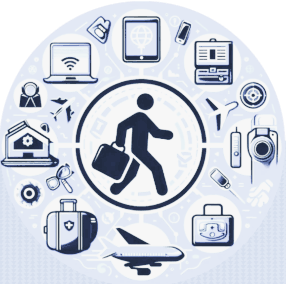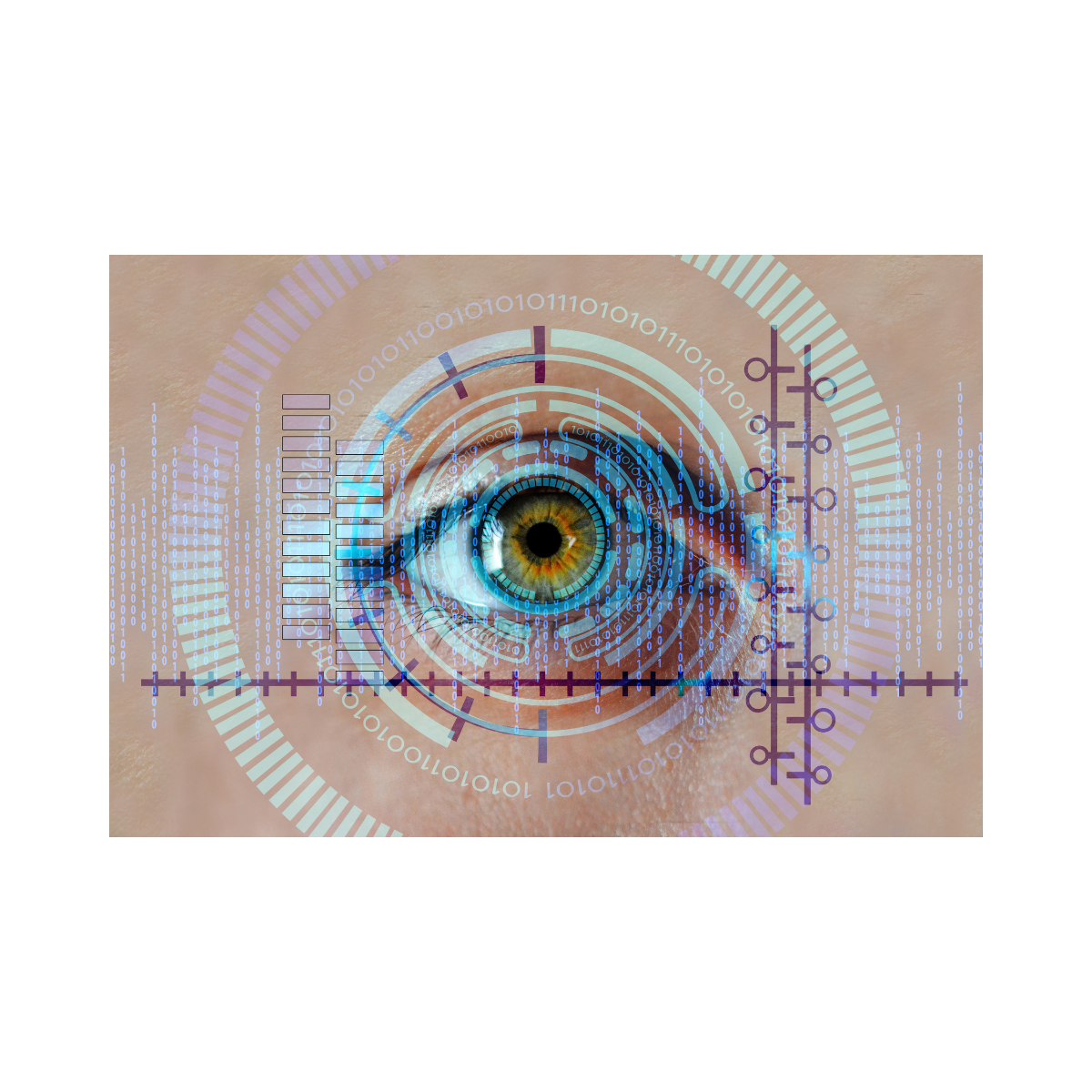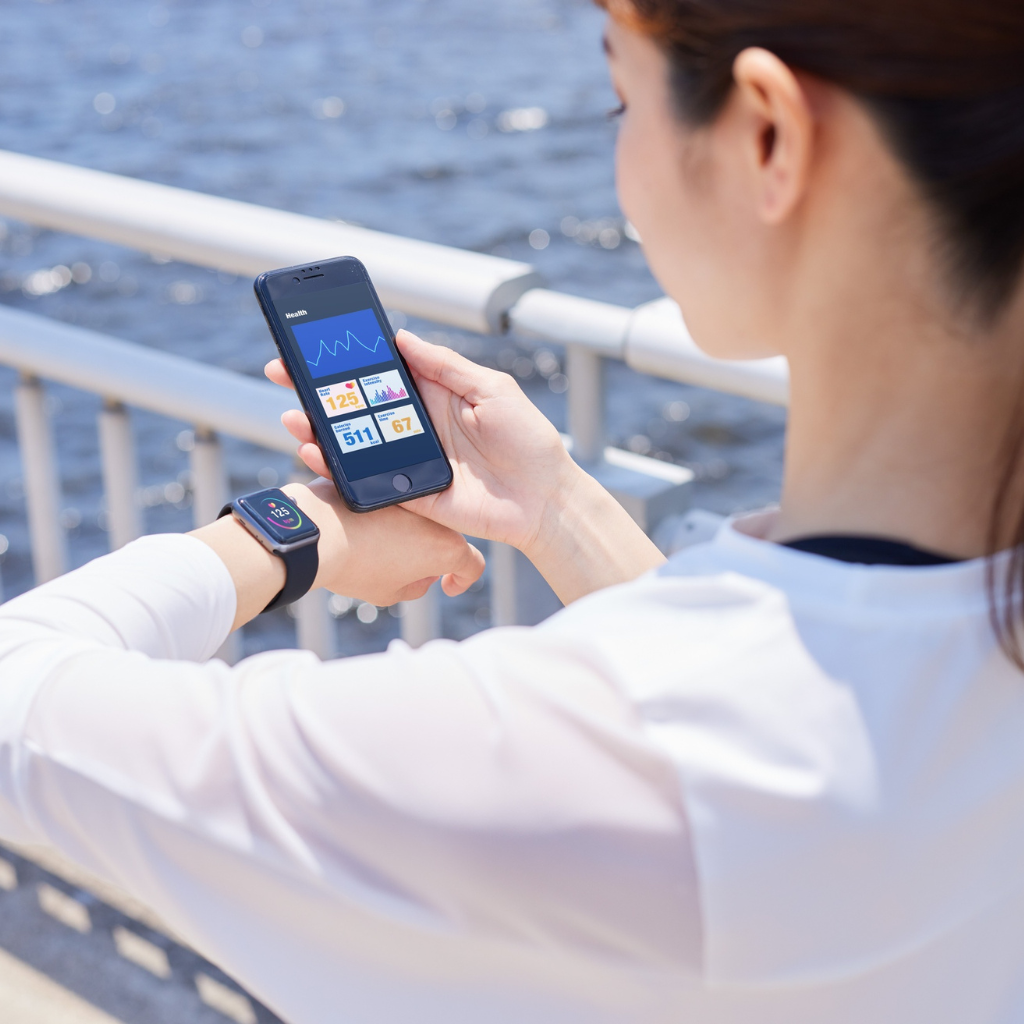Biometric travel security systems are revolutionizing the way we perceive airport safety. These systems utilize unique biological traits, such as facial recognition, fingerprints, or even iris scans, to verify a person’s identity. The tech sounds futuristic, but it’s becoming commonplace in airports worldwide, making those long lines at security checkpoints a thing of the past.
Airports around the globe are embracing biometric technology. It’s like booking a fast-track pass through airport security without the need for extra cash! This tech helps streamline the process, cutting down on the time travelers spend waiting and boosting overall security accuracy. That means more trips to the duty-free shop, less time stressing about missing flights.
Why make the switch from current systems to these high-tech alternatives? Traditional security checks rely heavily on manual processes and human oversight, which can sometimes lead to bottlenecks and errors. Biometric systems, on the other hand, automatically verify identities and can spot unauthorized travelers more swiftly. It’s like giving security personnel a superpower upgrade!
For travelers, the big question is whether biometrics make airports safer. In a word, yes. These systems add an extra layer of security that’s tough for unauthorized travelers to bypass. By implementing ‘one of a kind’ identifiers, airports enhance their ability to detect and handle potential threats. So, while you might feel like you’re stepping into a sci-fi movie, these measures are designed with today’s traveler in mind.
The Mechanics Behind Biometric Systems: Facial Recognition and Beyond
Facial recognition technology isn’t just buzzworthy; it’s transforming how we experience international travel. This tech analyzes facial features, converts them into data points, and verifies traveler identities in seconds. Just think about how convenient it feels when you can quickly pass through customs without fumbling for your passport. Pretty neat, right?
Airports aren’t limiting themselves to facial recognition alone. They’re also venturing into other biometric terrains like fingerprint scanning, iris recognition, and even voice verification. Each of these methods has its own set of benefits and works a bit differently. Fingerprint scans are user-friendly and widely accepted, while iris scans offer higher precision.
Knowing how these complex systems detect faces or recognize a voice is empowering. The software compares captured data with figures stored in secure databases to authenticate identities quickly. That’s taking some serious tech wizardry and applying it practically to make travel safe and smooth.
Look at airports that have successfully gone biometric. Some major ones have reported significant upticks in efficiency and decreases in processing time by integrating these systems. Travelers not only enjoy shorter wait times but also a seamless journey, adding a layer of ease to their trip.
It’s also worth mentioning how these technologies are being used beyond airports. For example, some countries are applying facial recognition in train stations, border control, and other critical infrastructure. Understanding how biometric systems operate can demystify the process and perhaps thrill your inner tech enthusiast.
Balancing Security and Privacy: The Ethical Concerns of Biometric Systems
While biometric systems add a layer of security, they stir up debates around privacy and data protection. Imagine having your data collected and stored each time you travel—kinda unsettling, right? This technology operates within a tangled web of ethical questions. Are we sacrificing privacy for convenience and safety?
When it comes to regulations, it’s a patchwork at best. Different countries have varying laws about how biometric data can be collected, stored, and used. Some regions are stricter, setting the bar high for data protection, while others are still catching up to set clear guidelines. Staying informed about these regulations can help you understand your rights when traveling.
Authorities are trying to find that sweet spot between security and privacy. They’re working on creating a regulatory framework that ensures this tech is used responsibly. It’s like learning how to navigate a complex game, with each side trying to level up without overstepping boundaries.
Public attitude toward biometric systems is a mixed bag. Some people are cool with these advancements and welcome the efficiency they bring. Others are cautious, worried about how their data might be used or what would happen if a security breach occurs. Keeping conversations open about these concerns is key to enhancing transparency and trust.
It’s important to keep track of how these technologies evolve and how countries address privacy concerns. More unified standards could make things clearer for travelers worldwide, providing peace of mind with every border you cross.
Future Directions: What’s Next for Biometric Travel Security?
Biometric systems in travel are far from reaching their peak. With tech developing at lightning speed, the future of airport security looks like a scene straight out of science fiction. Innovations are afoot to make these systems even more efficient and secure. Think faster check-ins, reduced wait times, and, ideally, a drop in anxiety levels for travelers worldwide.
Keeping ahead of the global security threats is no small feat, but biometric systems are geared up for the challenge. The future could see an expansion in the kind of data these systems can handle, becoming more adept at dealing with the complex nature of international travel. It’s about staying one step ahead, using technology to predict and prevent issues before they arise.
Developing global standards and regulations is a significant puzzle piece. Countries might soon collaborate to establish international agreements, focusing on privacy protection while standardizing biometric data use. Traveling through multiple countries might become smoother if everyone’s on the same page regarding how these systems operate.
Imagine a world where long security lines are a bad memory. The envisioning involves tech that allows you to glide through airport routines seamlessly, thanks to enhanced biometric systems. The future seems set for effortless travels where you can spend less time worrying about logistics and more time planning your adventures.
Staying informed and adaptable is essential as these changes unfold. Whether you’re a frequent flyer or an occasional traveler, understanding upcoming shifts in biometric tech can prepare you for future journeys. As the saying goes, the only constant is change, and biometric travel security systems are embracing that mindset for a streamlined and safe travel world.




